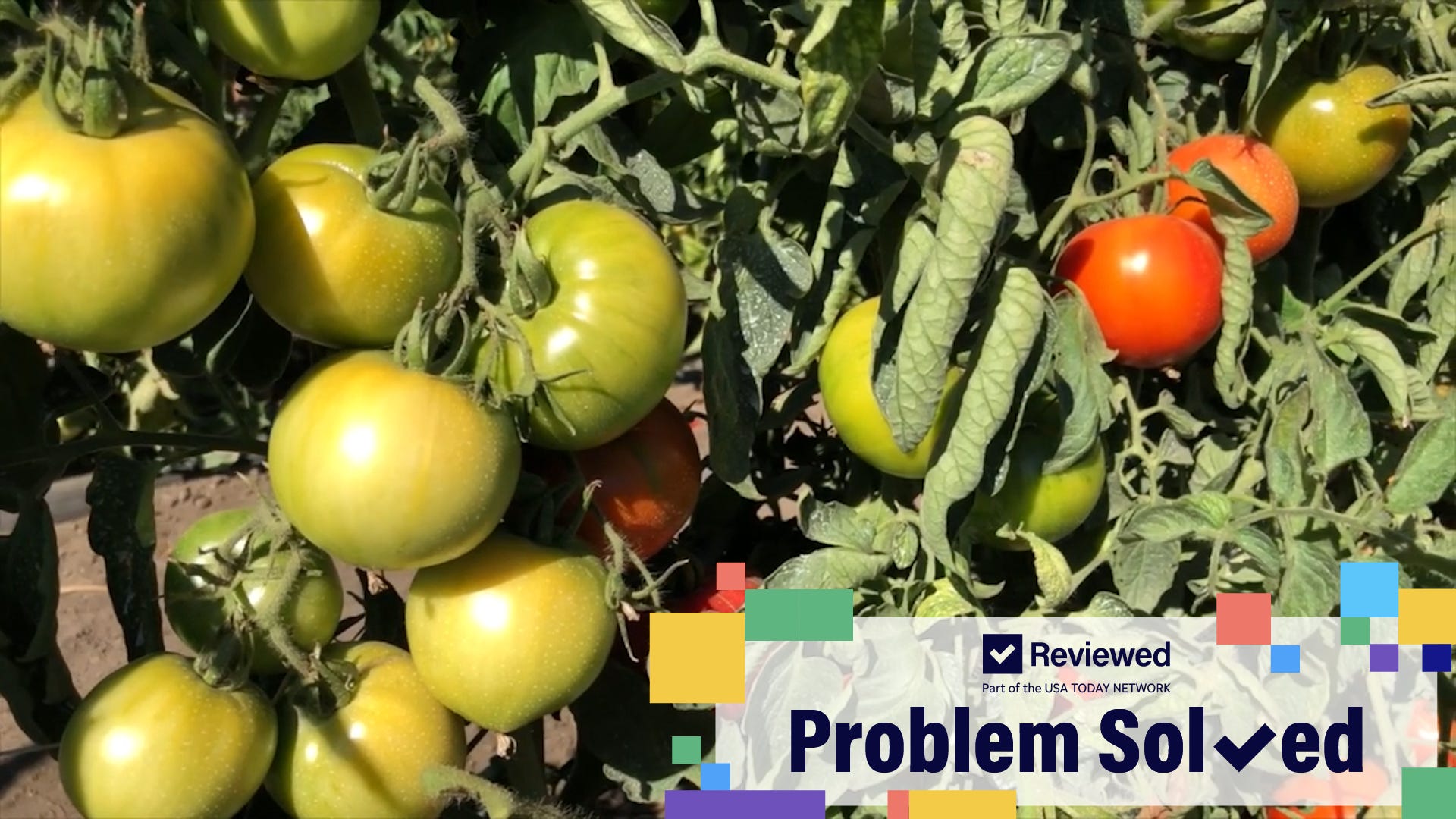Tips for growing vegetables in small garden spaces

- Limited garden space can be overcome by using containers, raised beds and vertical gardening techniques.
- Containers are ideal for small spaces and can be moved to follow the sun, but require frequent watering.
- Raised beds accommodate mobility issues and maximize production, especially with square-foot gardening.
There is nothing more satisfying for a vegetable gardener than sitting down to a summer meal to enjoy the fruits (and vegetables) of your labor.
We endure the challenging work needed to have a successful vegetable garden in anticipation of juicy tomatoes, crunchy sweetcorn and hot habaneros and jalapeños.
But what if you don’t have space at home for a large in-ground garden or have a physical limitation which prevents you from tending a large vegetable garden? Even if you lack the space or stamina to grow a large vegetable garden, there are strategies you can use to grow vegetables in small spaces.
Consider containers
When garden space is limited, certain varieties of cucumbers, peppers, squash, tomatoes and even root crops such as carrots and radishes can be successfully and easily grown in large containers, with plants yielding the same amount as plants grown in the ground.
The biggest advantage to growing in containers is that they can be placed anywhere in the yard or even on a deck or patio space as long they receive at least eight hours of direct sunlight.
Even if you lack spaces around the home which receive a full eight hours of direct sunlight, you can “chase the sun” by moving containers throughout the day to maximize exposure to sunlight.
In order to be successful with growing vegetables in containers, you must first select vegetable varieties suitable to be grown in containers. These varieties generally produce smaller plants with a reduced growth habit, with similar yields as more traditional varieties. Be sure to read seed packets of transplant tags to select these compact varieties.
There are some challenges to growing vegetables in containers, including the fact that containers require more frequent watering as the soil is above ground and heats up and dries out more quickly than in-ground plantings.
Choose plastic containers as they won’t dry out as rapidly as clay and unglazed pots. To prevent root rots, be sure that there are drainage holes in any container you grow in.
Raised beds
While many gardeners choose to grow vegetables in raised beds to overcome challenges related to poor soil conditions, growing vegetables in raised beds can be a strategy to maximize space in a small yard.
Raised beds do not have to be large in size to produce a nice bounty of vegetables. Raised beds can be constructed out of different materials including lumber, stone or metal or purchased as kits or prefabricated beds. Consider more than one small raised bed in different locations to maximize small spaces in the landscape.
The use of taller raised beds can also help gardeners with mobility challenges which make bending, stooping or spending time on your knees difficult. Raised beds, which allow gardeners to stand or sit in a wheelchair while gardening, can be constructed or purchased.
Grow a square-foot garden
One strategy to maximize production in a raised bed is to use a square-foot garden production system. Square-foot gardening employs a system of laying out, planting and maintaining a productive garden in almost any amount of space, utilizing small plots based on a grid of squares measuring 1 foot by 1 foot, with single seeds or plants placed in each 1-foot square using carefully determined spacing.
Climbing and sprawling crops like cucumbers, pole beans, squash and tomatoes can be grown vertically at the perimeter of a square-foot garden. This lets you make the most of your garden space while conserving water, soil amendments and labor needed to produce a maximum amount of food in that space. Weeds are typically nonexistent in a well-planned square-foot garden.
Grow up
Growing vertically can be an excellent strategy to grow vegetables in small spaces. Vining crops like cucumbers, peas, squashes, melons and pole beans can be planted in the ground and grown on a trellis along fences or the side of building as long as these locations receive adequate sunlight.
South-facing walls and fences are a great place to add vertical planters to maximize growing spaces.
Window boxes can be used to grow herbs, radishes, beets, small carrots and lettuces and greens. If you have unused indoor space, indoor vertical gardens can be developed using grow lights or towers and hydroponic, aeroponic or even aquaponic production systems.
Edible landscaping
When planting space is limited, consider planting vegetables into existing shrub beds or mulched areas in your home landscape. While we don’t consider vegetables as ornamentals, many vegetables will add visual interest when interplanted with ornamental plants in the landscape.
Vegetables such as okra, eggplant, beets, carrots and multicolored lettuces and greens can be decorative as well as edible. Again, be sure to choose planting areas that receive a full eight hours of sunlight each day.
Mike Hogan is Extension Educator, Agriculture and Natural Resources and associate professor with Ohio State University Extension. Reach Mike at hogan.1@osu.edu